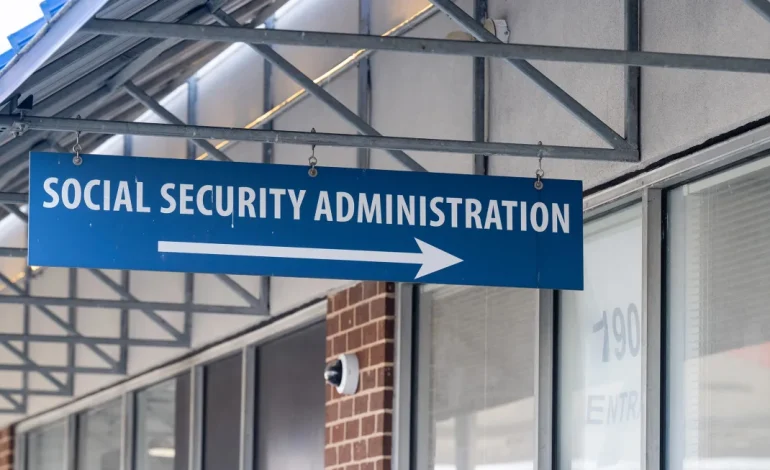The Social Security Administration (SSA) will begin implementing new anti-fraud policies on Monday, aiming to strengthen identity verification procedures—but the rollout has been marked by confusion, policy shifts, and concern among beneficiaries, CNN reports.
The changes, first announced last month, include an anti-fraud screening for all phone applications for benefits. Claims flagged as potentially fraudulent will require the applicant to verify their identity in person. Additionally, SSA will no longer allow beneficiaries to change their direct deposit information by phone—a change officials say is aimed at reducing fraud risk.
The new measures were introduced as part of a broader restructuring of the SSA under the Department of Government Efficiency (DOGE), a new agency initiative. However, the initial policy rollout and subsequent adjustments have led to widespread uncertainty among beneficiaries and SSA staff alike.
When the measures were first unveiled, SSA stated that retirement and disability claims could no longer be filed by phone due to identity verification concerns. That announcement caused a wave of concern, with many people mistakenly believing they needed to visit field offices immediately to prevent disruptions to their benefits.
In response to public pressure and logistical concerns, the agency revised the policy. First, it clarified that the phone application restriction would only apply to retirement, survivor, and family benefits—not disability, Supplemental Security Income (SSI), or Medicare. Later, in early April, SSA reversed course again, announcing that phone applications would continue to be accepted for all programs, with only flagged cases requiring in-person identity verification.
SSA now estimates that about 70,000 of the 4.5 million annual phone applications may be flagged for additional review.
“Telephone remains a viable option to the public,” the agency stated on its official social media platform, X, in its most recent update.
Advocacy organizations welcomed the clarification.
“SSA’s guarantee of phone access for claims is a win for older Americans,” said Nancy LeaMond, executive vice president at AARP.
Another key change affects how beneficiaries can update their direct deposit information. Going forward, changes must be made either through the “my Social Security” website or in person at a local field office. The SSA said the current telephone-based system—where identity is confirmed through a series of personal questions—has proven vulnerable to fraud. According to the agency, nearly 40% of fraud involving direct deposit stems from phone-based changes.
The shifting policies have led to confusion, not just among the public but also among SSA employees. According to union officials, many front-line staff were not briefed on the updated rules until midday Friday—just days before the changes take effect.
“Hasty and inadequate training is leaving the workforce unprepared to deal with the influx of public inquiry and demands that this will cause,” said Jessica LaPointe, president of the American Federation of Government Employees’ Council 220, which represents SSA workers.
Some beneficiaries, worried they might lose payments, have already taken steps they believed were necessary to comply with the new requirements—even when they were not. In Broomfield, Colorado, 62-year-old cancer patient Kevin Jochems went to his local SSA office last month fearing his payments might stop. Unable to get an appointment or reach an agent by phone, he expressed frustration over the lack of clear information.
“Even missing one monthly benefit would put me on a step to homelessness,” he said.
Others, including individuals not yet retired, have also tried to proactively verify their identities. Matt Koob, 66, a health technician at a Veterans Affairs hospital in Florida, visited his local SSA office in March to avoid future issues but was unable to gain access and was referred to the agency’s general phone line.
Despite the back-and-forth, SSA is moving ahead with the core elements of the new anti-fraud strategy:
Phone applications are still allowed for all benefits, but flagged cases will require in-person verification.
Direct deposit changes can no longer be made by phone and must be processed online or in person.
SSA field offices and call centers may experience increased demand, and some representatives may still be adjusting to the latest procedures.










The latest news in your social feeds
Subscribe to our social media platforms to stay tuned